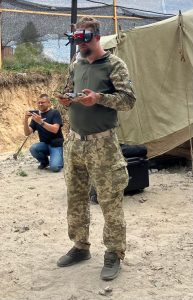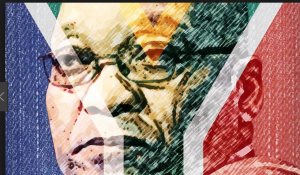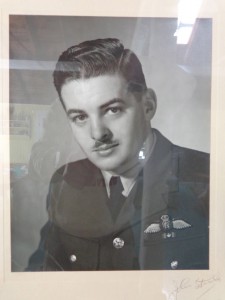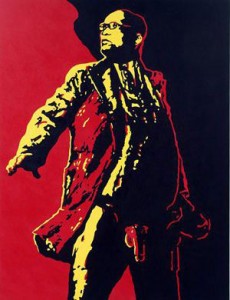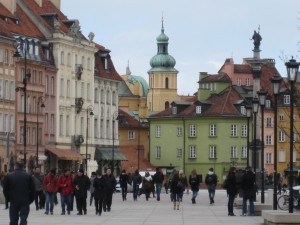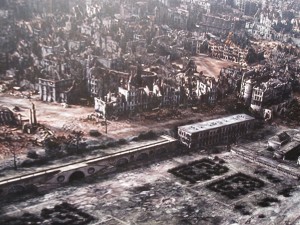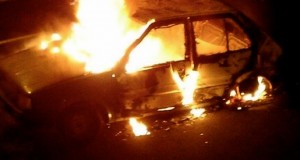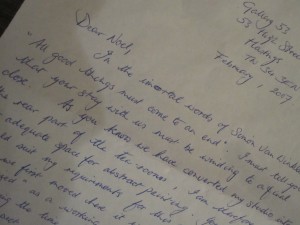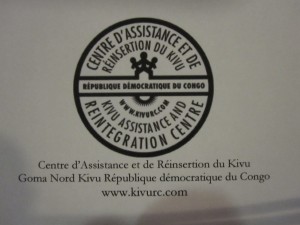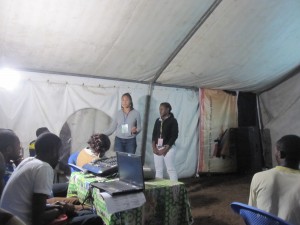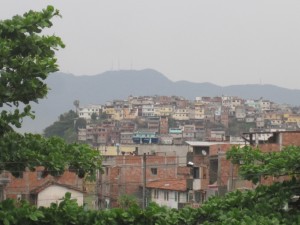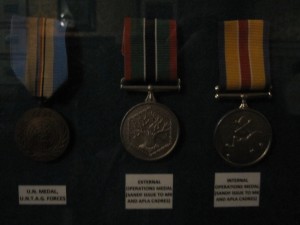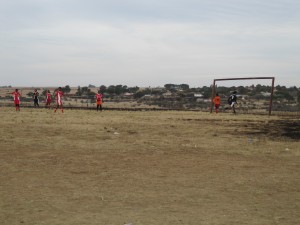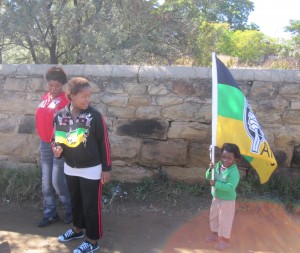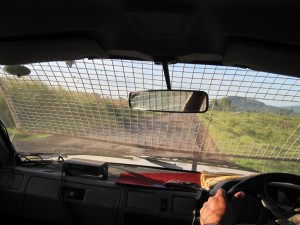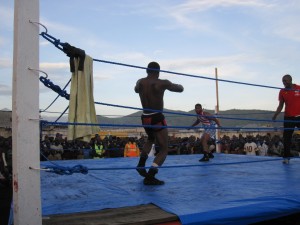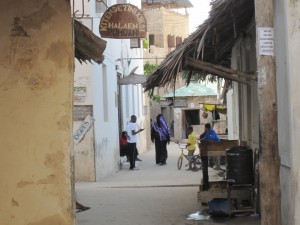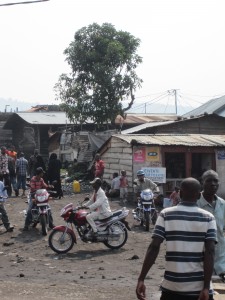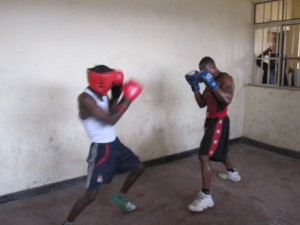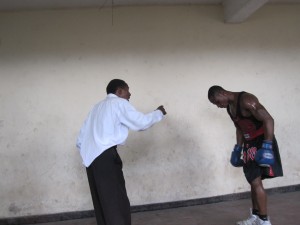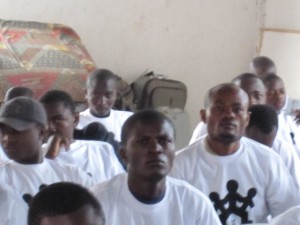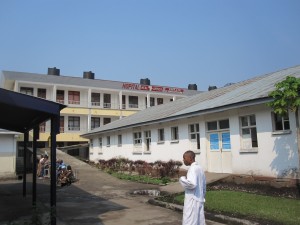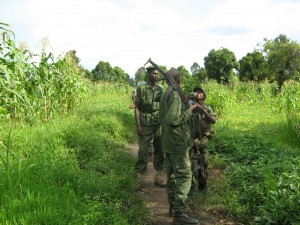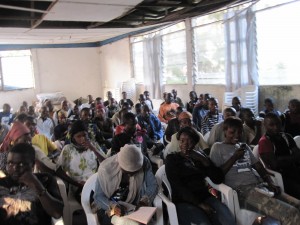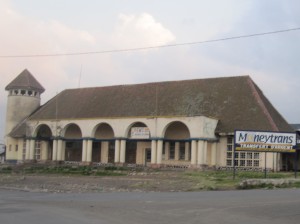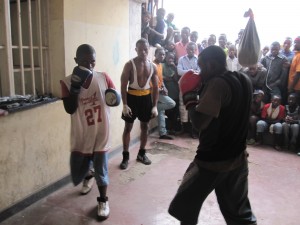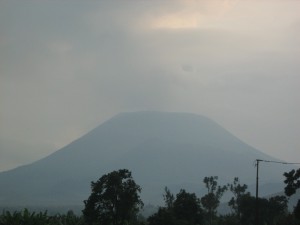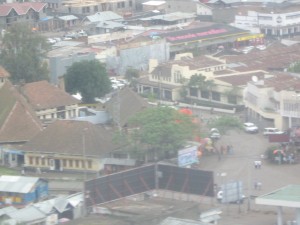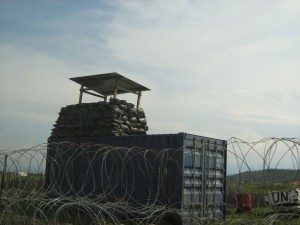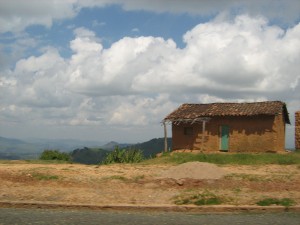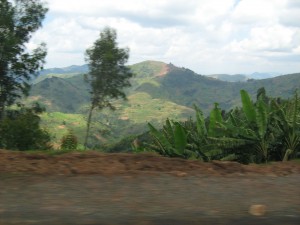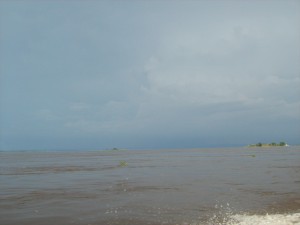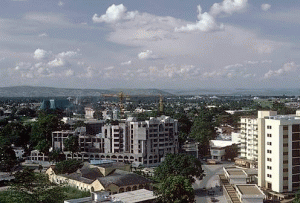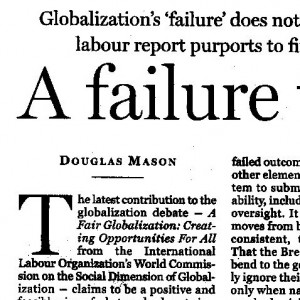Kyiv July 22nd
Volodymyr Zeleneksy’s unconventional path from comic actor to the presidency in Ukraine is well known, but much of the rest of his government is also fresh and new. I am at my first press conference in Kyiv when the deputy minister of Culture and Information, Taras Shevchenko, strides into the room in jeans and running shoes.
But this is no hipster or hanger-on elevated to high office, a description levelled with some justification at Zelensky’s first crop of ministers and presidential advisers that included his TV production company staff, childhood friends, and others that boarded his Servant of the People party when it went from no-where to forming government in 2019.
Shevchenko was previously director of a think tank—the Centre for Democracy and Rule of Law, which focuses on rule of law, civil society and independent media—and is clearly a policy wonk, speaking comfortably of the issue at hand: Ukraine’s new media law, which is to be promulgated by the end of the year. The law, he says, will conform to international best practice and is in line with EU standards in enabling a free and independent platform for the media.
This is something the Ukraine government is doing all over as part of its quest to join the EU—bolting on huge rafts of western standard regulation to the existing legal and regulatory code, a hodge podge of the Constitution—amended in 2004 following the Orange Revolution and reinstated after the 2014 Euromaidan protests—the underlying Soviet era legal code and 30 + years of ad hoc reform. All of this in support of joining the EU as soon as possible and with Shevchenko noting that Ukraine had fulfilled the hefty bureaucratic requirements in record breaking time, ready for last month’s Brussels summit that granted Ukraine its long sought wish of candidate status and (eventual) membership.
Shevchenko is a young technocrat—exactly what the country needs at this point, the fresh approach Zelensky was meant to bring to government.
Except that has been an uneven process.
When Zelensky famously told President Poroschenko in the debate that preceded the 2019 election: “I am not your opponent, I am your verdict”, what he was saying was that someone like himself, with no political experience, should not even be there, or have to be there, in the election, that Ukraine’s political class had failed the country. Thirty-eight years after independence from the Soviet Union in 1991, most people were scarcely better off than before.
There are many complicated reasons for Ukraine’s underperformance but the fact that it rests far below its potential is undeniable. A country with rich natural and human resources—universities pump out thousands of engineers and computer programmers every year—has nominal per capita GDP below South Africa. Reforming governments have come and gone, and despite some successes—there is now a good tech sector and the economy is integrating into western and global markets, away from the Russian sphere—the political landscape was more than disappointing. Oligarchic domination of the economy, corruption, personal accumulation and a pervasive atmosphere of cynicism that anyone in public office was not really to be believed or probably on the take in some way.
And so Ukrainians entrusted their future to someone whose main qualification was to have acted in a tv show about an average man—the fictional Vasily Petrovych Goloborodko, a school teacher–who accidentally becomes president.
This is a remarkable event for any country. But it does say something about the nature of democratic development in Eastern Europe. These are young democracies and far from ideal but representative government has taken root and changes of power take place. Ukrainians, only a generation removed from the dreadful Soviet past and having lived through decades of transition and chaos, do not take lightly the prospect of losing their freedoms again.
And they are prepared to stand up.
Since independence in 1991 the country has struggled with establishing proper governance and has developed the features of an inefficient, corrupt, oligarchic state, very much like Russia’s own corrupt, authoritarian model. Ukrainians, looking at their immediate neighbours in the EU who are also ex Warsaw Pact members or Soviet states, had good reason to conclude they were not getting what they deserved, or at least wanted.
Twice Ukrainians have risen up to reject this—in the Orange Revolution of 2004 and the Euromaidan protests of 2014. Given the choice between the freedoms and prosperity of open societies versus Russia’s authoritarianism, they have chosen the former. The alternative Putin offers them is a hellish future as Belorussia.
The last pro-Russian president—Viktor Yanukovych—who came to power under suspicion of electoral fraud had set about implementing a “controlled democracy” in which the re-election of the incumbent or an associate, would never be in doubt. Press freedoms and other liberties were eroded, constitutional protections watered down, the state spied on the opposition and interfered with the election machinery. Yanukovich fled to Russia in 2014, having failed to put down public protests in which up to 100 civilian protestors were killed, brutally, by the security forces under his orders. The next president, Petro Poroshenko, was a vast improvement—that he was a patriot was at least never in doubt—but Ukrainian politics never threw off the whiff of corruption and money politics. Poroshenko was a billionaire and an oligarch.
Much like Vaclav Havel in the Czech Republic, a public intellectual and playwright brought from outside the system to reform it, Zelensky came to office in 2019 as an iconoclast, an amateur. His early speeches were definitely inspiring, even a bit naïve sounding, but he was clear that Ukrainians should have clean government and be able to close the door on a class of political actors that had lost the trust of their own people, a huge, real time, political experiment. No firing squad or prison camp for the corrupt and compromised, just a fresh start for everyone else.
He also had the candour to admit he did not have all the answers but promised to listen and appoint good people. Zelensky fell below that standard at times, but did reach out to a younger generation of Ukrainians with skills and international experience. The most famous example is his 28 year old minister of digital transformation who set about digitising government services, ultimately making Ukraine among the most networked countries in the world.
Zelensky’s clownish first year in power is regarded even by close supporters as having been an amateurish mess; many of the ministers, drawn from outside the political and professional class, were clearly out of their depth.
But that was always the point. Watching Servant of the People—it is available on Netflix—you can see this foretold; the school teacher Goloborodko when elected president appoints his own friends and family to cabinet where they initially flail. His own family begins to spend lavishly, given gifts by influence peddlers. The message was—a government of average, normal, people are going to be subject to all the same mistakes and temptations.
But Zelensky, like Goloborodko, was ready to learn. No fool—he has a law degree and business experience as founder of a production company with a stable of popular programmes—he gained political experience and exercised power. Ministers were fired, opportunists shown the door, old colleagues dispensed with. Only last week his intelligence minister, a childhood friend, was fired, along with the prosecutor general, another long standing colleague.
Zelensky came to power without political experience, but he did have something else. As an actor he is a gifted public performer with a sense of audience, the bon mot, the right gesture at the right place and time.
And then the Russian invasion transformed everything. Under the harsh light of war character is revealed. If Zelensky had fled Kyiv when the Russian army was at the gates of the city—not a dishonourable choice when the situation appeared hopeless and many were calling for him to set up a government in exile—things may have turned out differently.
History is full of examples of unlikely leaders elevated at critical moments who rise to the occasion or are shoved aside and into obscurity. Harry Truman entered office in this way, chosen to be vice presidential running mate to Franklin Roosevelt by party insiders through a back room deal. He had little direct experience for the job and even less ambition. But he did bring clarity of thought, good judgement and humility to the role. In choosing him, the system worked. Truman is regarded as one of America’s greatest presidents.
Zelensky vaulted to power, bypassing all the entry level barriers of money politics in Ukraine. Maybe not the average guy, but at least not a typical politician. The war is not over but his greatness is assured.
Next up: revenge
The group of young Ukrainians at today’s next press conference have a very straight forward message—revenge for Russia’s crimes in Ukraine can be bought, all you have to do is make a donation through their website, the amount will be passed on to the Armed Forces of Ukraine, and they will inscribe a personal message from you on an artillery shell being lobbed at the Russian army. The “RevengeFor” project is organised by Ukraine’s “Come Back Alive” foundation, an NGO.
https://www.comebackalive.in.ua/
https://mil.in.ua/en/news/revengefor-com-revenge-is-available-to-everyone-with-a-donation-to-the-ukrainian-army/
This group, with their novel approach, is one of many raising money directly for the Armed Forces of Ukraine, underlining the extent to which defence of the country is an effort taken on by Ukrainians and well-wishers abroad.
Crowd funding is the way by which much of the country’s military, humanitarian and other needs are being met. Even military units source their own equipment directly in this way, everything from uniforms, flak jackets and equipment or specific services, from logistics to field medicine. Local communities in front line areas buy material, donate trucks and run mobile kitchens to keep fed the soldiers on which their security depends. Even in Kyiv during the opening months of the war many of the city’s restaurants, including its best ones, opened their doors and cooked meals for soldiers and essential service workers, free.
In Ukraine today is found a vast cacophony of voluntary activity at work—donated clothing and food, projects dedicated to helping orphans, housing displaced families, even finding a home for abandoned pets. Google “Help Ukraine” and these projects and services will pop up in the dozens, or even hundreds if you keep looking.
Ukraine has been called the first Open Source War—networks, locally and world-wide, are involved helping with everything from cyber-defence against Russia, counter disinformation campaigns and open source intelligence gathering to ham radio operators jamming signals or whistling over top of Russian tank crews communicating over open channels.
Private companies in the West have played a role. Elon Musk’s Starlink satellite service was rolled out in Ukraine early on and is credited with keeping essential government services and infrastructure working—everything from hospitals to power stations and railways—which had to be protected from cyber-attacks and physical targeting by Russian air attack.
Microsoft and other American software firms and Silicon Valley engineers worked behind the scenes even before the war broke out, debugging Russian malware set deep inside government departments, and helping the Ukrainian authorities to disperse servers and upload data to the cloud. State services have kept working, almost without interruption—trains run, hospitals work, state pensions are paid. It is now known that part of the playbook for Russia’s hoped for quick take-over of the country was to engineer a collapse in these services.
This networked approach to enlisting funds and skills has found application in the war itself and in the Ukraine military. Volunteers—computer engineers and programmers—have set up IT departments inside individual military units where they apply open source, collaborative, techniques to data gathering and problem solving. Military units communicate laterally with each other and source technical solutions through online chat groups. Prominent among volunteers are Ukrainian expatriates, including people working in Silicon Valley and the largest multi-national companies at executive level.
The military is a dispersed structure in Ukraine. Alongside the regular Armed Forces there are the Territorial Forces—sort of a reserve of veterans and volunteers with rudimentary training but who are the main line of defence in most areas on the front line—as well as the Ukraine National Guard—a national gendarmerie, and which is credited with a decisive role during the early days of the war, particularly in pushing back Russia’s assault on Kyiv. Where necessary, pick-up neighbourhood self-defence groups have been formed. Alongside this are the foreign volunteers, the International Legion, and which may number 30,000 or more from dozens of countries,
This sprawling anarchic structure is an asset; in a dispersed hive-brain way, it has enabled a flexible and capable military. It has also fought the vast and lumbering Russian army to a standstill.
It underlines an important feature of Ukrainian attitudes to authority. As a subsidiary part of empire, of which Russia’s was only the latest, Ukrainians have not regarded the state as something inherently belonging to them, it was an instrument of overlordship. Russians, living under oppressive government, at least have refuge in nationalism as an instrument of national grandeur.
Ukrainians are not in awe of the state or deferential to government and politicians. Similar to Americans, they cede their autonomy to it grudgingly, case by case. Or paraphrasing Mark Twain: “My country, always. My government when it deserves it”.
The other take away from this press conference by the RevengeFor project is that it underlines the extent to which average Ukrainians are outraged at what has happened to their country and are fighting back. Government statements are peppered with harsh rhetoric about the Russian “invaders”, typical of a country at war, but the real anger comes from below, from people who have lost their homes, bombed to rubble, seen relatives shot, and have had to flee, abroad or to elsewhere in Ukraine. As reminder, the walls of this press room are covered with large sized photographs of the war, many of dead civilians shot by Russian soldiers in the suburbs of Kyiv—a man’s body lying in the street next to a bicycle, a woman’s hand, clutching a shopping bag, nail polish still visible.
Back at the press conference, the kids—they are 20 and 30 somethings—are concluding with an appeal to “western values” that are being defended in Ukraine, asking that others abroad see this as their struggle also. It is a compelling call and has to be said—true. Who cannot find inspiration in Ukrainians plucky defence of their country and its democratic values?

